MARIO LASALANDRA
Poets, masks, actors, phantoms
January 18th - March 9th, 2014
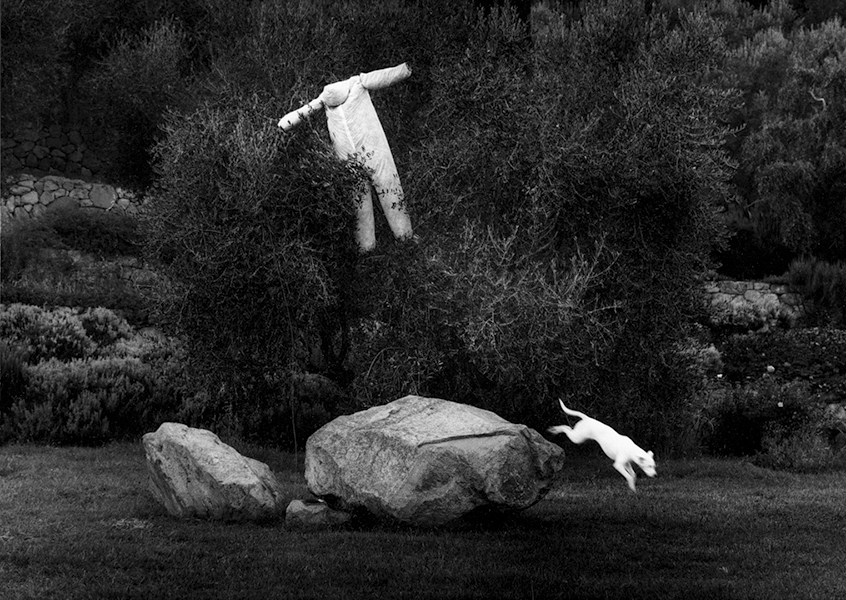 White Dog, 2000
White Dog, 2000
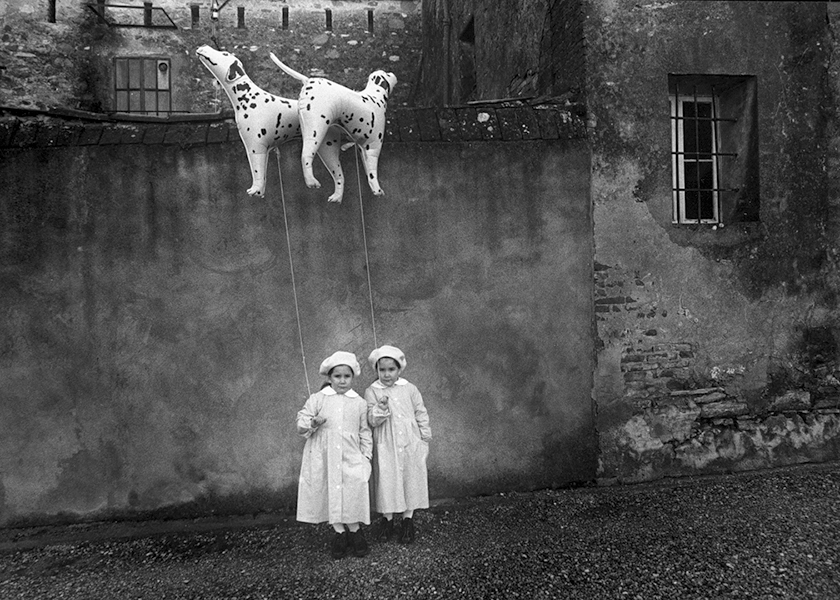 Twins, 2002
Twins, 2002
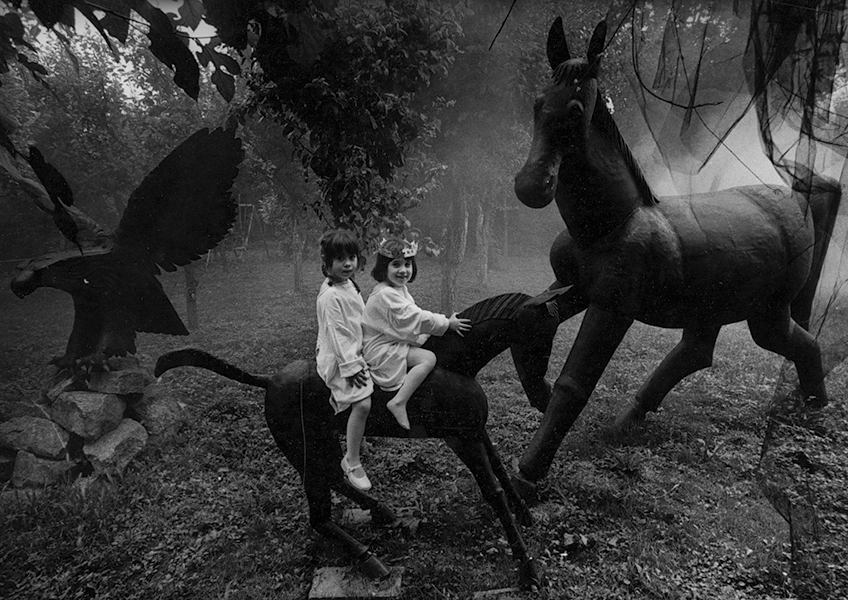 Twins, 1999
Twins, 1999
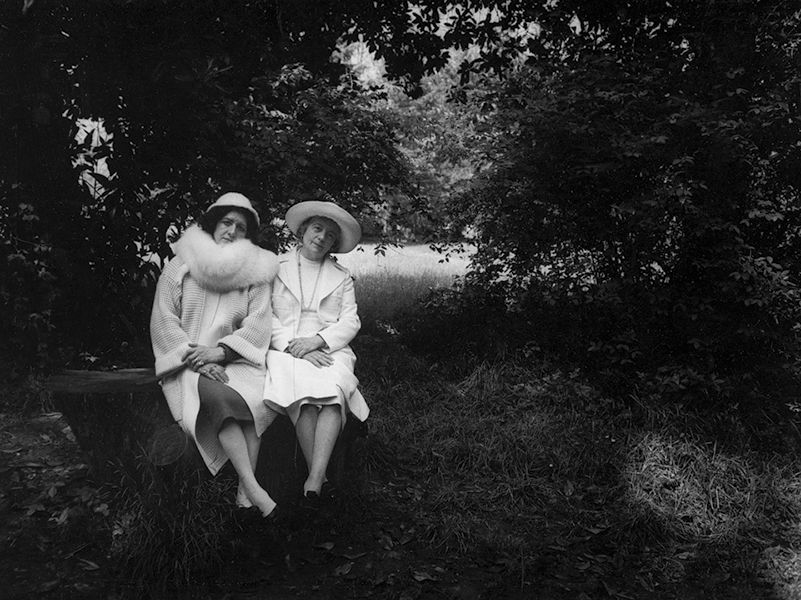 Sisters, 1984
Sisters, 1984
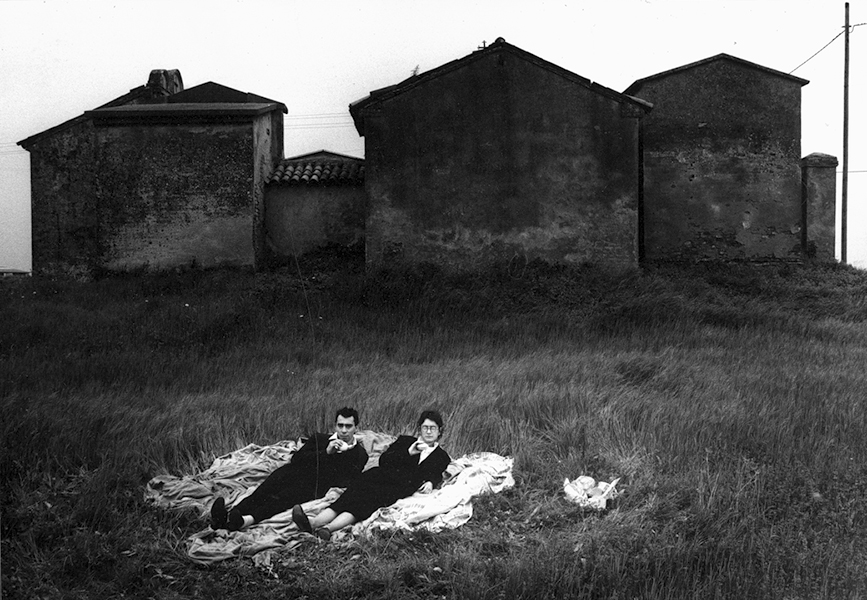 Picnic, 1984
Picnic, 1984
 Scarecrow, 1968
Scarecrow, 1968
 In Margherita's Kingdom, 1967
In Margherita's Kingdom, 1967
 Judgement #2, 1967
Judgement #2, 1967
 Judgement #3, 1967
Judgement #3, 1967
 Judgement #4, 1967
Judgement #4, 1967
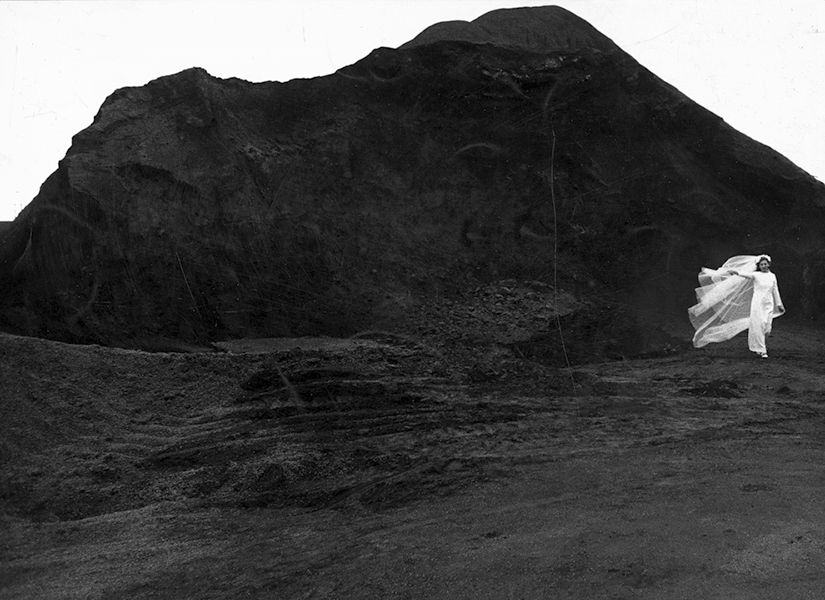 Judgement #8, 1967
Judgement #8, 1967
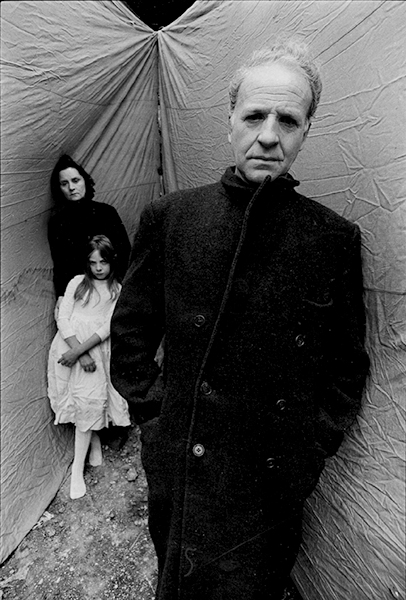 Story of a Drama #1, 1970
Story of a Drama #1, 1970
 Story of a Drama #2, 1970
Story of a Drama #2, 1970
 Story of a Drama #3, 1970
Story of a Drama #3, 1970
 Story of a Drama #5, 1970
Story of a Drama #5, 1970
 Story of a Drama #7, 1970
Story of a Drama #7, 1970
 Story of a Drama #8, 1970
Story of a Drama #8, 1970
 Surreal, 1970
Surreal, 1970
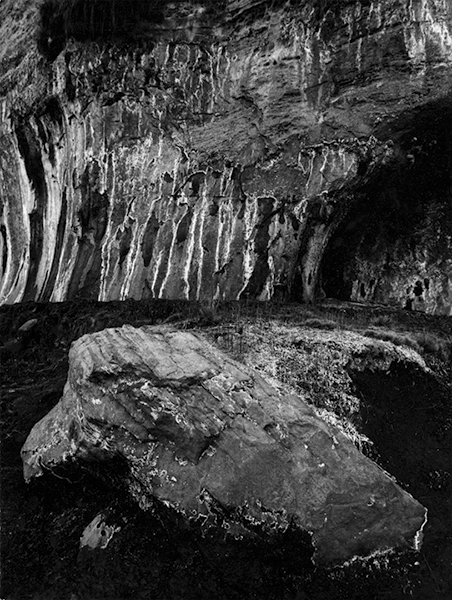 Peru, 1980
Peru, 1980
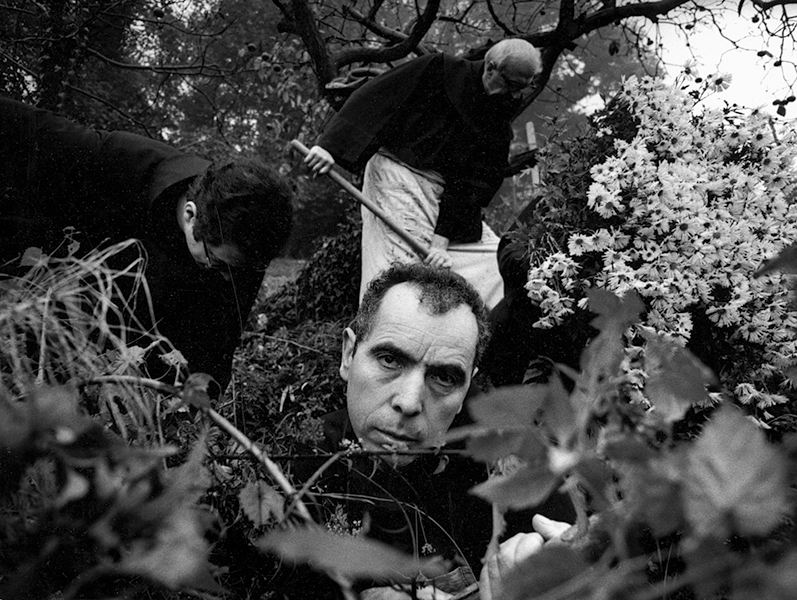 November 1st, 1985
November 1st, 1985
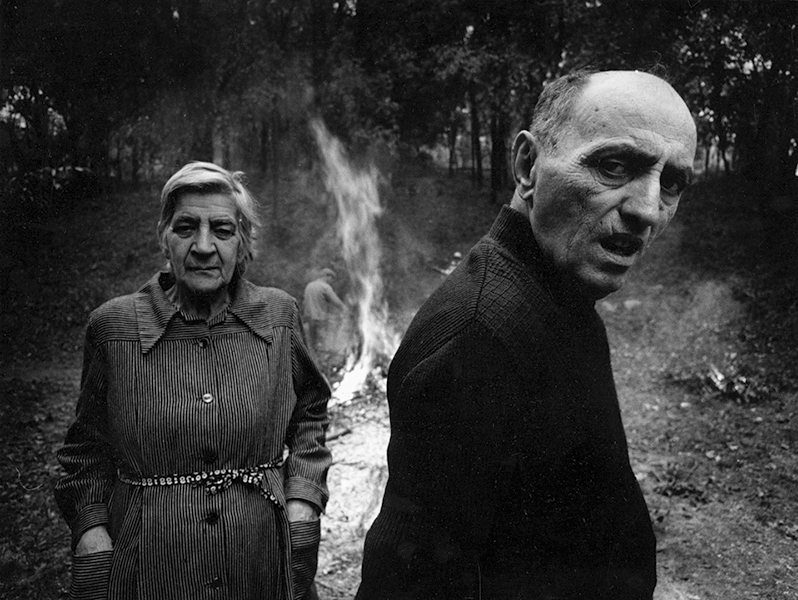 Hell #1, 1985
Hell #1, 1985
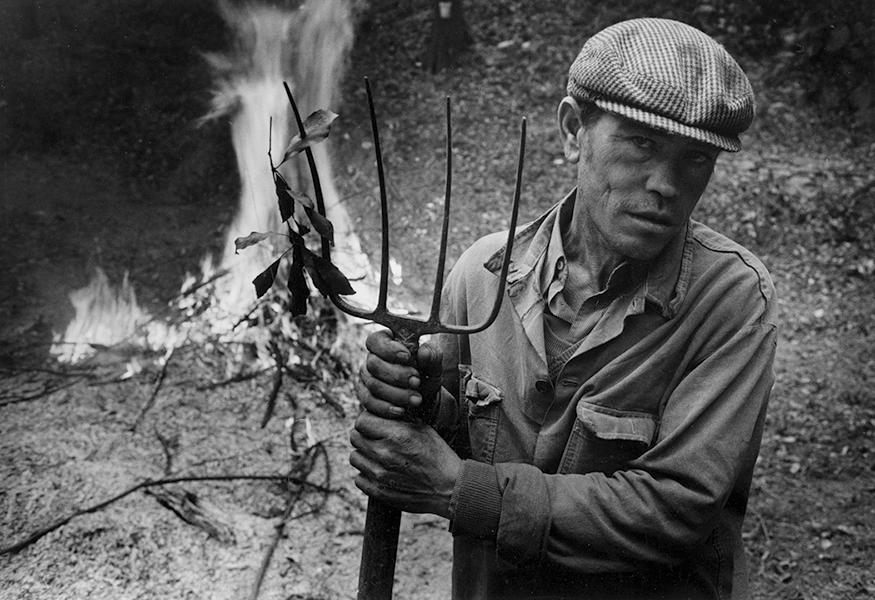 Hell #2, 1985
Hell #2, 1985
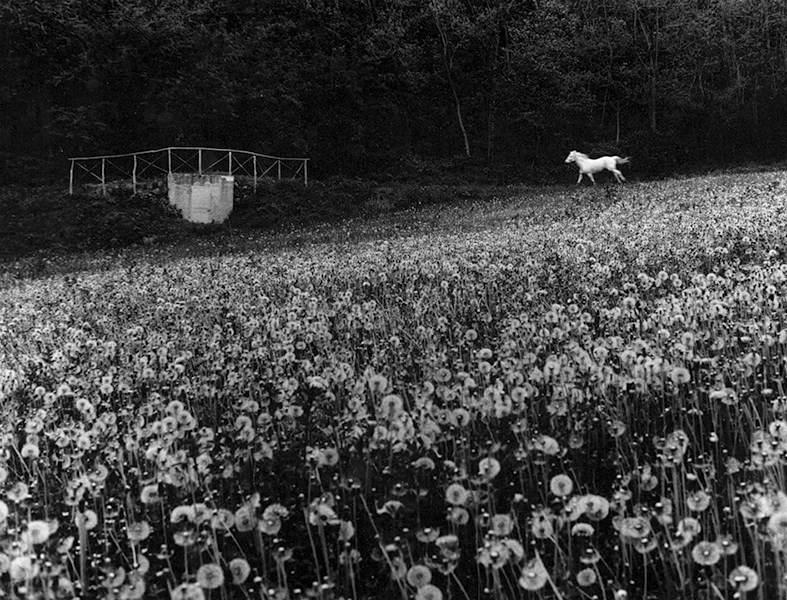 Paradise #3, 1992
Paradise #3, 1992
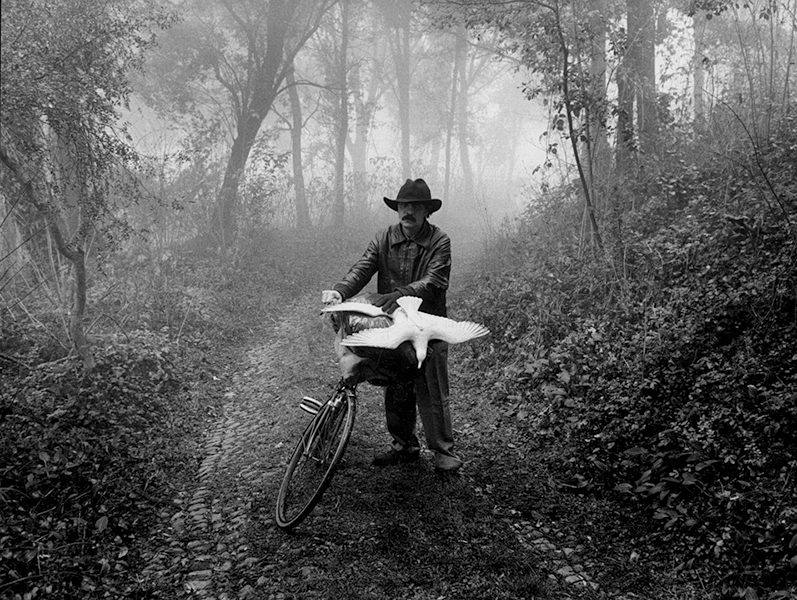 Mario of the Wood, 1994
Mario of the Wood, 1994
 Amateur Actors #1, 1968
Amateur Actors #1, 1968
 Amateur Actors #3, 1968
Amateur Actors #3, 1968
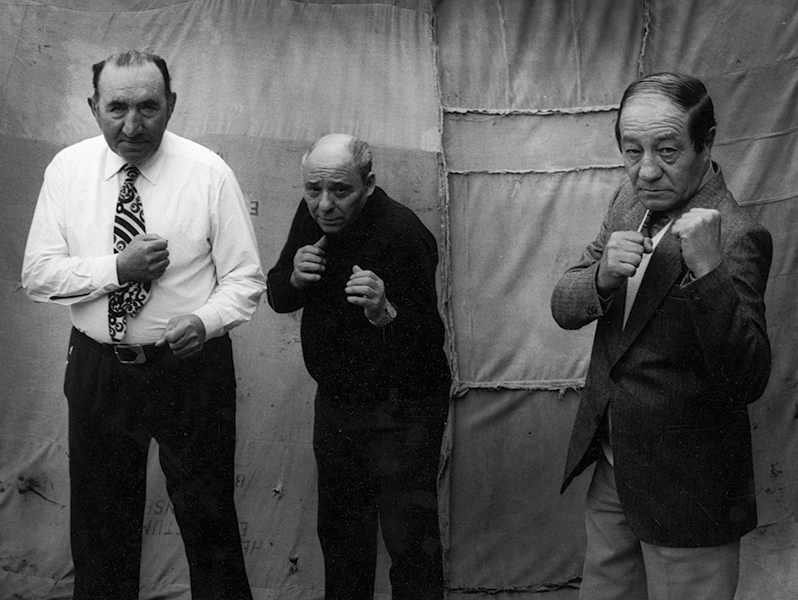 Former Boxeurs, 1984
Former Boxeurs, 1984
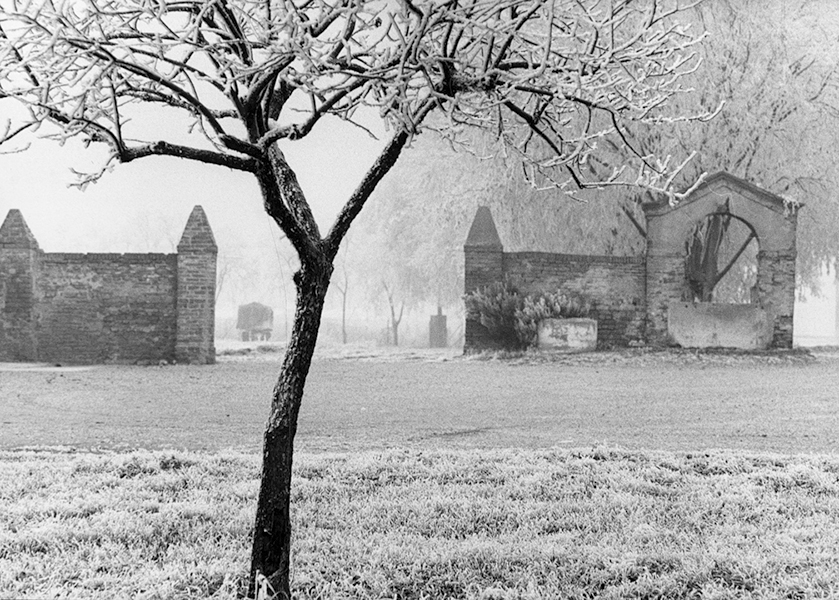 Frost in Salara, 1999
Frost in Salara, 1999
Inspired by the films of Bergman, Fellini, Antonioni, and Pasolini, Mario Lasalandra (Este, Italy, *1933) began his career as a photographer in the Fifties. Since then, he has never stopped narrating his fantasies populated by angels, actors, virgins, scarecrows, prophets, and phantoms — an eccentric pageantry, quite unique in 19th century photography. Margherita, 1967, the portrait of an old lady with a clownish face, recalls both Gelsomina and Cabiria, the main characters of two famous films by Fellini (La strada, 1954, and Cabiria, 1957). Giudizio, 1967, is a sequence of pictures conceived as a visual story, though it has no proper plot. Also Storia di un dramma, 1970, is conceived as a series: it tells the story of a family of actors no longer able to act — the same theme of Fellini’s Otto e mezzo. Amateur players are also the protagonists of Filodrammatici, 1968. They stand side by side in the forefront, at the end of their performance. They are motionless, so different from the restless parades of merrymakers recurring in Fellini’s Le notti di Cabiria and Otto e mezzo, or in Antonioni’s Blow up.
Let’s go back for a moment to the Giudizio series. Two Angels hold violins in their hands, while a white dove rests upon the shoulder of the shortest one. Three white doves also appear in Margherita, as well as in many other later works: Paradiso n. 1, 1991; Muro, 1995; Mario del bosco, 1994; Carnevale triste, 1996; Aldo, 1996; Elena, 2000. White animals recur in several other pictures: a white horse in Paradiso n. 3, 1992, and in Cavallo bianco, 1997; a white goat in Capra bianca, 1996; a white dog in Cane bianco, 2000; two white cats in Giardino di Carmelo, 2000; and finally, several white sheep in Presepio, 2002. White is also the dress of the Virgin, another main character of the Giudizio series; white is the young girl laying in the foreground in Surreale, 1970; and white is the dress of the girl who runs away at the end of Storia di un dramma. Either way, humans or animals, they are symbols of hope.
Extensively exhibited in Europe, Lasalandra’s works are owned by many public collections, among them: the International Center of Photography, New York; the Bibliotèque Nazionale de France, Paris; CSAC, University of Parma; Galleria d’Arte Moderna e Contemporanea, Bergamo.